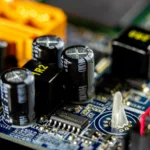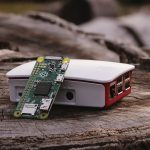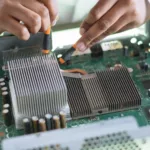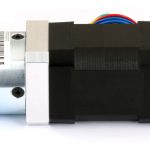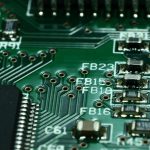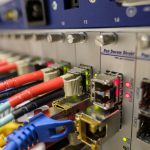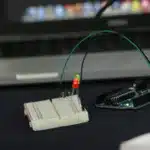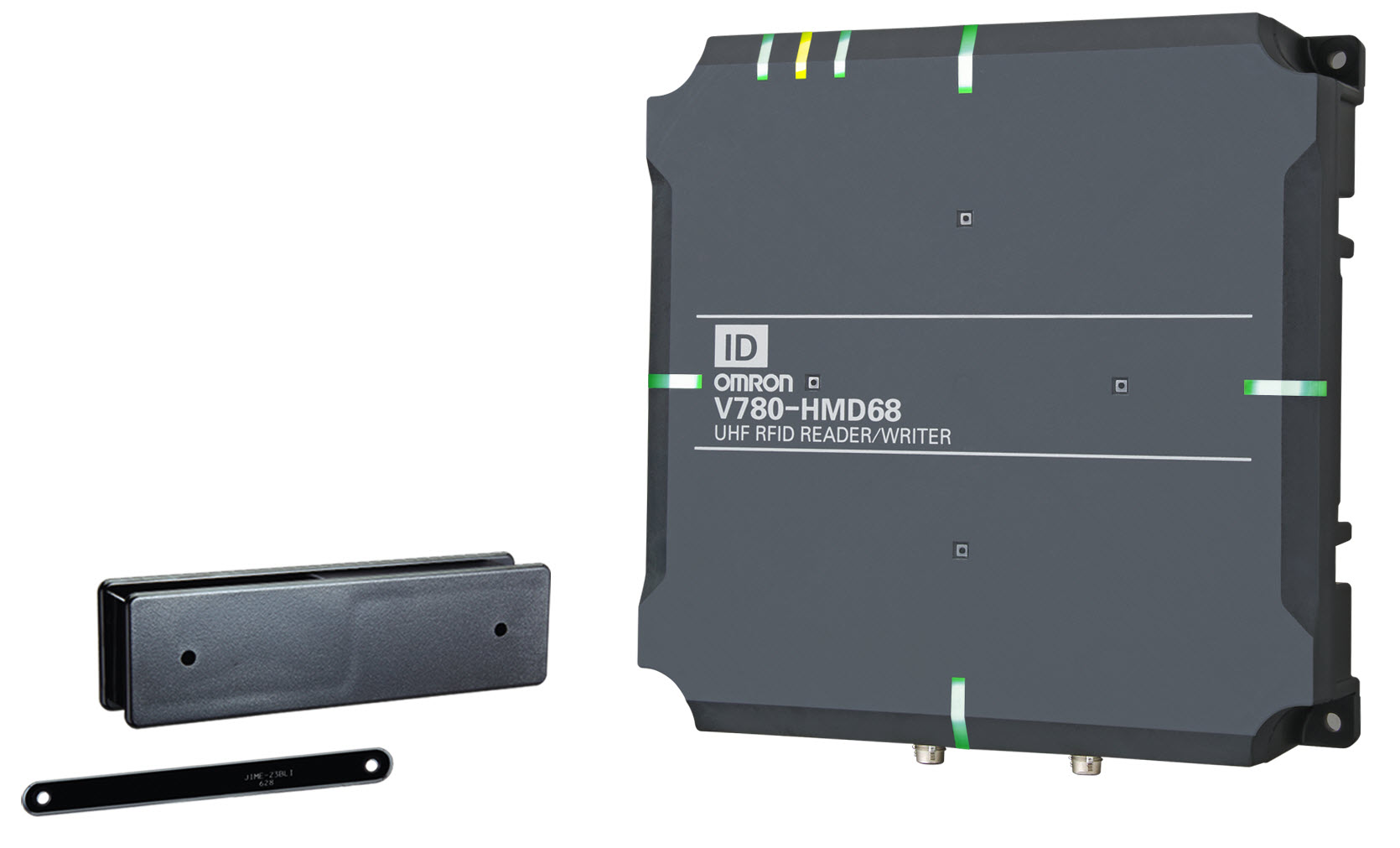
The RFID technology
The Radio Frequency Identification (RFID) technology has been in existence for more than fifty years now. However, it was not until recently when the cost of manufacture of RFID devices fell significantly. This reduction in price has led to the increasing popularity of RFID technology. RFID is distinctly composed of an RFID reader and an RFID writer. The technology uses electromagnetic fields for identification and tracking. There are two types of RFID tag, active and passive. Active tags contain a power source and operate at a distance from the RFID reader while a passive tag collects energy from nearby RFID reader’s radio waves.
V780 series UHF RFID system by Omron
The V780 series UHF RFID system is a highly functional integrated system. It provides optimum communication between the RFID tags and readers. It has numerous admirable features as discussed below.
-
Identification at varying distance
The UHF band enables the RFID reader to read tags at various different distances without impacting on the read rates.
-
Focus mode
Typically, a tag does not need to be within the line of sight of the reader so as to be read. This can sometimes become a disadvantage when there are numerous tags within range. The V780 series embodies a Focus mode that enables it to read only the targeted RFID tag while ignoring others within the available range.
-
Multi-Reader/writer function
The multi-reader/writer function enables up to eight RFID readers/writers to communicate like as if though they were one. This function is ideal where a wider communication range is required, for instance, where several pallets with RFID tags have been stacked together, multi-reader/writers can be placed one above another to cover the required range of communication. Of the multiple RFID readers/writers, one is considered the master reader/writer while the readers are considered to be slave readers/writers. The host device only communicates with the master.
Automatic transmission power tuning
The transmission power required to enable communication between the reader/writer and RFID tags is measured and set to appropriate values automatically. The set power is set in such a manner that it will be large enough to communicate with the tags but minimizes interference with other readers/writers. This comes in handy when multiple readers/writers are installed close together for instance on a factory floor.
-
Reception Level monitor
This function enables the system to visualize the reception levels hence enabling the adjustment of installation positions of reader/writer and RFID tags as well as checking of communication ranges.
-
LED indicators
The readers/writers contain flashing LEDs indicators that indicate the reception level, making easy to install and adjust reader/ writer of RFID tag on a production site.
Diagnostic tools
The system’s parameters can be set by connecting a PC. Communication status, logs, and noise levels can all be monitored through a web browser. This ease maintenance and troubleshooting. The system saves the last 8000 diagnostic points for analysis. In case the system becomes unstable, the probable causes for the instabilities and workarounds are displayed to ease troubleshooting. A graph showing the RSSI and noise levels is available to help in identifying causes. The LEDs embedded in the reader/writer also change color to indicate warnings and errors.
The Omron UHF RFID System V780 Series is highly functional and easy to implement and maintain. It is a huge step in the right direction as far as adoption of RFID in industrial setups is concerned. With these features, the system is expected to further improve the popularity of the RFID technology across the globe.







